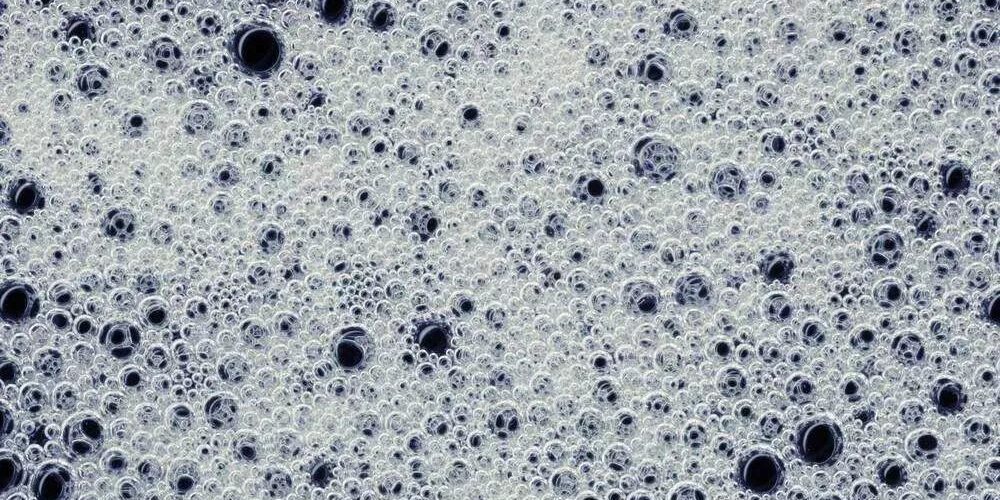How does foam formation affect the wastewater treatment process?
The Impact of Foam Formation on Wastewater Treatment Process
Foam formation in a wastewater treatment process can have a myriad of effects, both direct and indirect. Understanding these effects is crucial for managing and implementing efficient treatment protocols.
The Influence of Foam on Wastewater Treatment
Interference with Treatment Efficiency: Highly foamy wastewater can be troublesome as the foam may interfere with the operation of the treatment plant. The foam can overrun tanks, impede skimmers, and obstruct the equipment leading to inconsistencies and inefficiencies in treatment.
Operational Difficulties: Excessive foam generation can pose operational challenges, such as inhibiting the smooth flow of wastewater through pipes and filtration systems. Overflowing foam can pose safety hazards for treatment plant workers and create cleanup issues.
Harmful to Equipment: If not controlled, foam can coat and corrode equipment, causing long-term damage. Instruments such as sensors may provide inaccurate readings due to foam covering, leading to impaired process control.
Environmental Concerns: Foam can trap microorganisms and particulate matter, hampering the settlement of solids during treatment. This can increase the amount of suspended solids in the treated water and negatively impact the downstream aquatic environment if discharged.
Frequently Asked Questions
-
What effects does foam formation have on wastewater treatment?
- Foam formation can interfere with treatment efficiency, cause operational difficulties, harm equipment, and pose potential environmental concerns by hampering the settlement of solids during treatment.
-
Can foam formation damage equipment used in wastewater treatment?
- Yes, foam can coat and corrode equipment over time and potentially lead to long-term damage.
-
How does foam formation pose environmental concerns?
- Foam traps microorganisms and particulate matter, inhibiting the settlement of solids during treatment. This can increase the amount of suspended solids in the treated water which, if discharged, can negatively impact the downstream aquatic environment.







